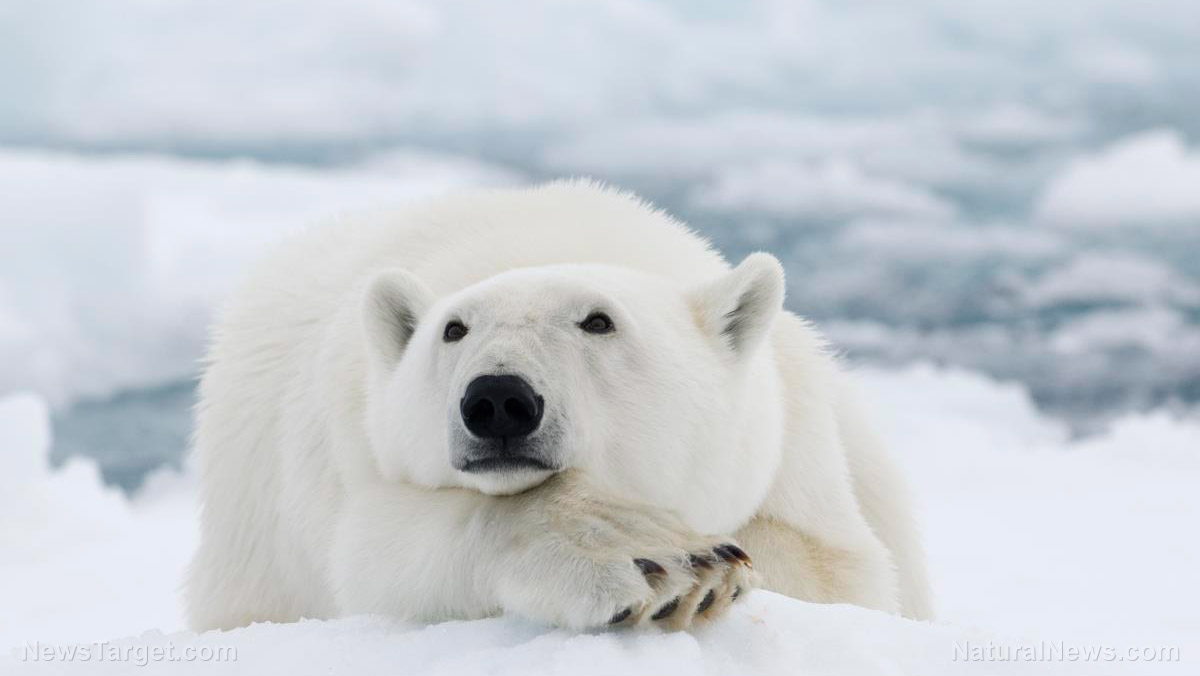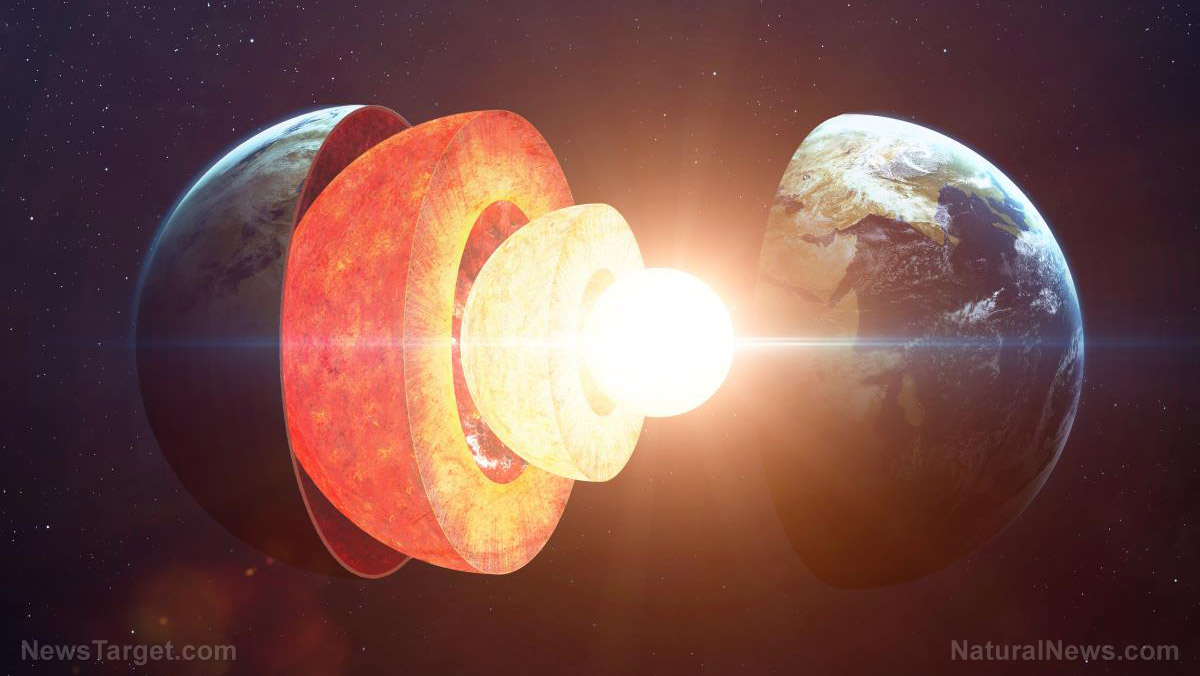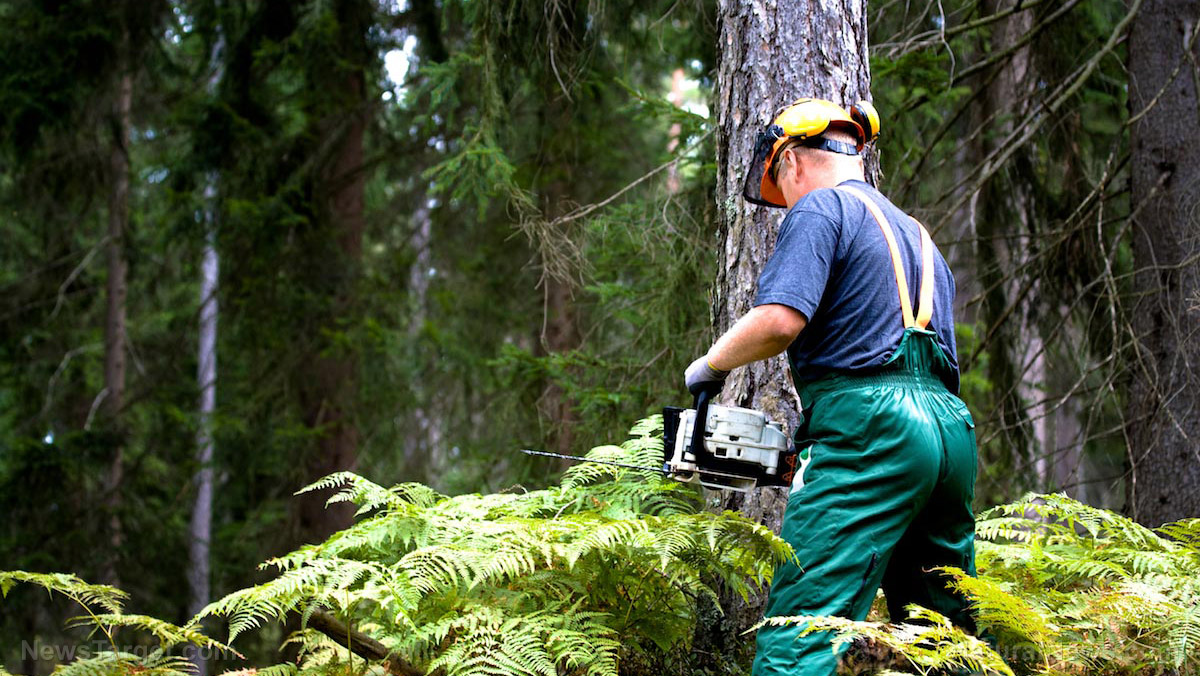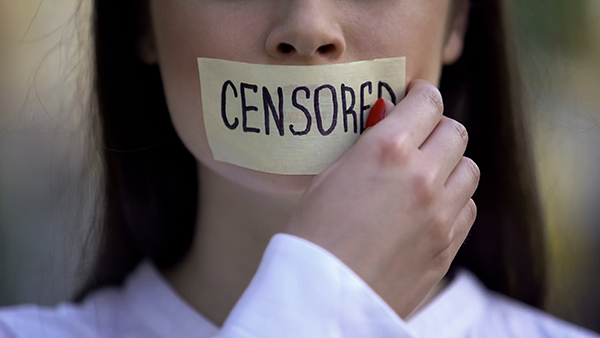Fact checkers defend activist scientists because they agree with them not because they are right
02/21/2022 / By News Editors

The so-called fact-checkers are out again trying to insist one side of a scientific debate is wrong and another is right because they happen to agree with one side. That’s advocacy, not science.
(Article republished from PolarBearScience.com)
Here are some facts (check the links provided for additional references):
- Scientists in Arctic nations in the late 1960s were worried about the survival of polar bears because numbers worldwide had declined due to overhunting. They were worried enough to put together an International Treaty to protect them in 1973 (Crockford 2019).
- In my book (Crockford 2019: 101-106), I cited a number of polar bear specialist who had made estimates of polar bear numbers in the 1960s, that included: Harington (1965, Canada), Larsen (1972, Norway), Lentfer (1965, USA), Jonkel (1969, Canada), Brooks (1965, USA), Lønø (1970, Norway), Scott (1959, USA) and Uspenski (1961, Russia). I stated my professional opinion was that a plausible global population size in the 1960s was about 10,000 (range 5,000-15,000), based on the reports and papers these eight men wrote about how they had come to their decisions, which indicated they had used the best information available at the time. Polar bear specialist Markus Dyck, who died doing polar bear research earlier this year, also used this figure of 10,000 as a reasonable estimate for the 1960s.
- In other words, this statement by fact-checkers is a lie: “the book defends Uspenski’s 5,000 estimate, arguing that it was based on the best methods available at the time.”
- IUCN polar bear specialists are the only group I am aware of that insist there is no low benchmark population figure prior to legal protections for the species they champion: sea otter scientists don’t do this, nor do humpback whale experts, even though benchmark estimates for their species are unlikely to be any more accurate than the one I suggest for polar bears (Crockford 2019). This makes polar bear specialists look biased and unprofessional.
- After protections were initiated in 1973 internationally (Russian banned hunting well before this, in 1956), the IUCN listed polar bears as ‘vulnerable’. Overhunting ceased. By 1996, polar bears were uplisted to ‘least concern’ because numbers had recovered. The global estimates provided at the time – years before polar bear specialists insisted none of their estimates were accurate – was 21,470-28,370 (Wiig et al. 1995). A change in population size from about 10,000 in the 1960s to about 25,000 in 1993 is consistent with a species recovery due to focused protection. Polar bears remained ‘least concern’ for 10 years, until 2006.
- Since deciding that polar bears should be again demoted to ‘vulnerable’ in 2006 due to threats from climate change, IUCN polar bear specialist have insisted their global estimates are not trustworthy and low-ball every estimate for every subpopulation that’s studied. Their hypocrisy knows no bounds: they willingly used a 2013 Kara Sea estimate of about 3,000 for the 2015 IUCN Red List assessment (Regher et al. 2016; Wiig et al. 2015) because the IUCN rules stated they had to have numbers for all subpopulations if they were using computer projections to predict future threats. However, no PBSG status report has even acknowledged that this Kara Sea estimate exists: they don’t provide their reasons for dismissing it, they simply do not cite it at all (e.g. Durner et al. 2018).
- Specialist Steven Amstrup insisted that “The most well-studied sub-populations show that as sea ice has become less and less available, polar bear body condition has declined, recruitment (reproduction) has been reduced, and population sizes have declined.” He doesn’t say which subpopulations but I can tell you that he’s referring to Western Hudson Bay and Southern Beaufort Sea. I disagree with his assessment of the data for those but let’s assume he’s right. What he’s leaving out are the data from the Svalbard area of the Barents Sea and the Chukchi Sea, which are almost as well studied and have lost proportionately more ice than Amstrup’s two favourite regions. However, bears in both the Barents and Chukchi Sea subpopulations are thriving: numbers are stable or increasing, bears are in excellent physical condition and cub survival is good. The contradiction between these four regions with regard to loss of summer sea ice and health impacts on polar bears is scientifically significant. The fact that Amstrup and his colleagues chose to ignore these contradictions is a big red flag regarding their scientific objectivity.
- Computer projections are not facts: calling a computer model predicting future conditions a ‘study’ is ludicrous. There is a strong likelihood that the 2020 prediction referred to in the ‘fact check’ will be as incorrect as the one that Amstrup spearheaded back in 2007 – which failed spectacularly.
- With regard to this statement: “No matter how many bears there are out there, if there are too many ice free days, female bears will not have sufficient fat reserves to nurse their cubs, and cubs will start dying at a rapid rate,” Amstrup said. “Frequent years with too many ice free days assure population decline.” See point 8 above regarding Barents and Chukchi Sea bears where numbers have not declined despite profound and continued loss of summer sea ice. Over the last few years (except last year), ice coverage for Amstrup’s beloved Western Hudson Bay bears has been more like the 1980s than the 2000s. Yet the predictive models that Amstrup and colleagues used for the IUCN assessment assumed a continuous decline in every subpopulation region, year after year (Regehr et al. 2016; Wiig et al. 2015).
- No other overhunted species has failed to continually increase its population size once protection from over-hunting was provided: there are solid scientific grounds for expecting global polar bear numbers to increase, even if slowly, over time. It’s embarrassing to watch polar bear specialists insist that none of their global population estimates are valid counts yet state confidently that their predictions about the future be treated like unassailable facts.
Read more at: WattsUpWithThat.com
Submit a correction >>
Tagged Under:
activists, climate change, environ, fact checkers, lies, rational, rigged, science, science clowns, skeptics
This article may contain statements that reflect the opinion of the author
Get Our Free Email Newsletter
Get independent news alerts on natural cures, food lab tests, cannabis medicine, science, robotics, drones, privacy and more.
Your privacy is protected. Subscription confirmation required.
Get Our Free Email Newsletter
Get independent news alerts on natural cures, food lab tests, cannabis medicine, science, robotics, drones, privacy and more.
Your privacy is protected. Subscription confirmation required.
RECENT NEWS & ARTICLES
Get Our Free Email Newsletter
Get independent news alerts on natural cures, food lab tests, cannabis medicine, science, robotics, drones, privacy and more.
Subscription confirmation required. We respect your privacy and do not share emails with anyone. You can easily unsubscribe at any time.
COPYRIGHT © 2017 CLIMATE SCIENCE NEWS
Get Our Free Email Newsletter
Get independent news alerts on natural cures, food lab tests, cannabis medicine, science, robotics, drones, privacy and more.
Subscription confirmation required. We respect your privacy and do not share emails with anyone. You can easily unsubscribe at any time.
x
By continuing to browse our site you agree to our use of cookies and our Privacy Policy.




















